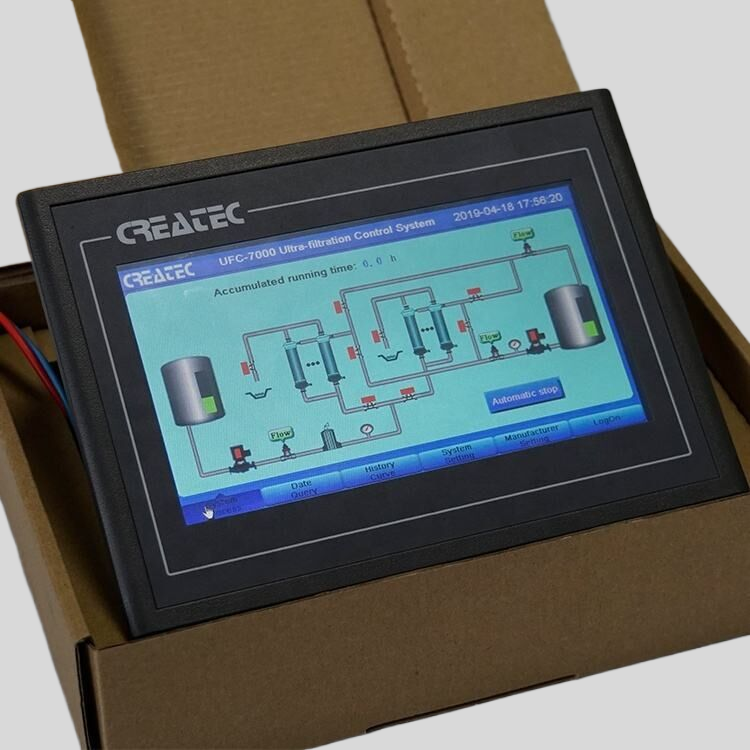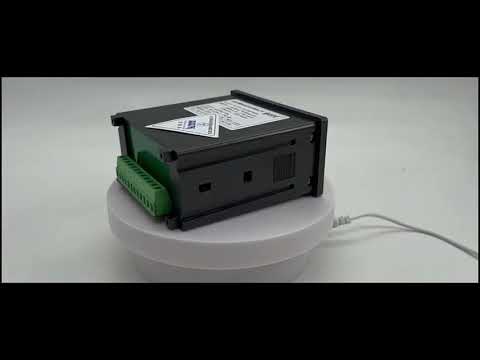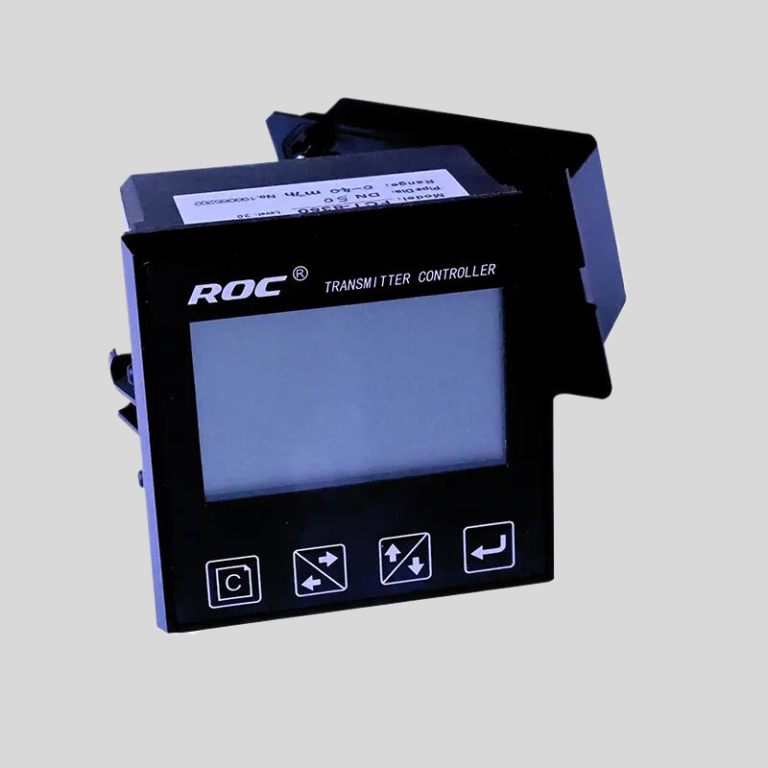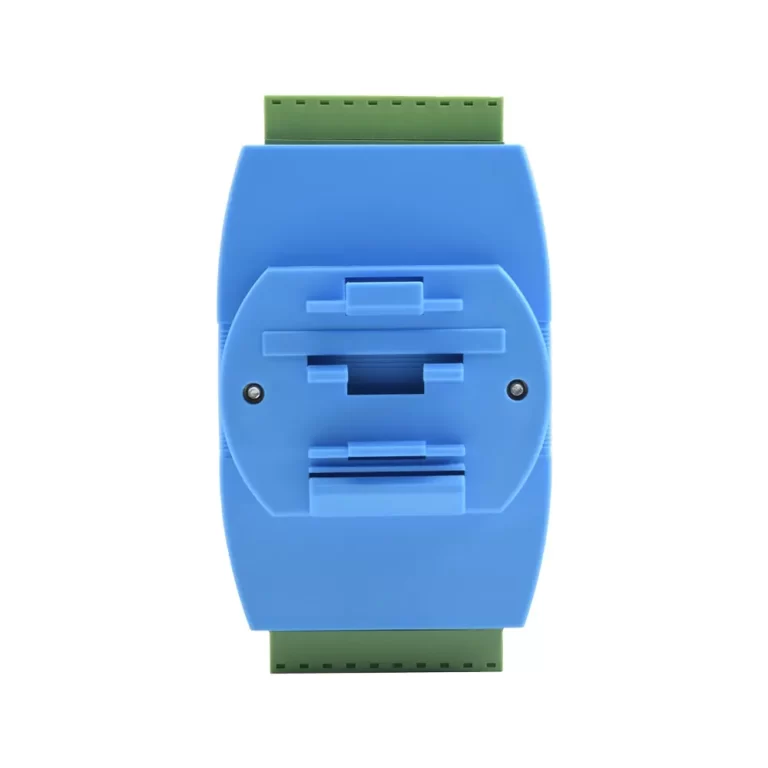Understanding the Composition of ph meter Glass Electrodes
A ph meter is an essential tool used in various industries, including pharmaceuticals, food and beverage, and environmental monitoring. It measures the acidity or alkalinity of a solution by detecting the concentration of hydrogen ions present. One of the key components of a ph meter is the glass electrode, which plays a crucial role in accurately measuring pH levels.
The glass electrode is made up of a special type of glass that is sensitive to changes in pH. It consists of a thin glass membrane that is in contact with the solution being tested. This membrane is typically made of a high-quality glass that is resistant to chemical attack and has a low electrical resistance. The glass membrane is usually coated with a thin layer of silver chloride, which acts as a reference electrode.
The composition of the glass electrode is carefully designed to ensure accurate and reliable pH measurements. The glass membrane is typically made of a mixture of silica (SiO2) and alkali metal oxides, such as sodium oxide (Na2O) or potassium oxide (K2O). These alkali metal oxides help to increase the electrical conductivity of the glass, making it more responsive to changes in pH.
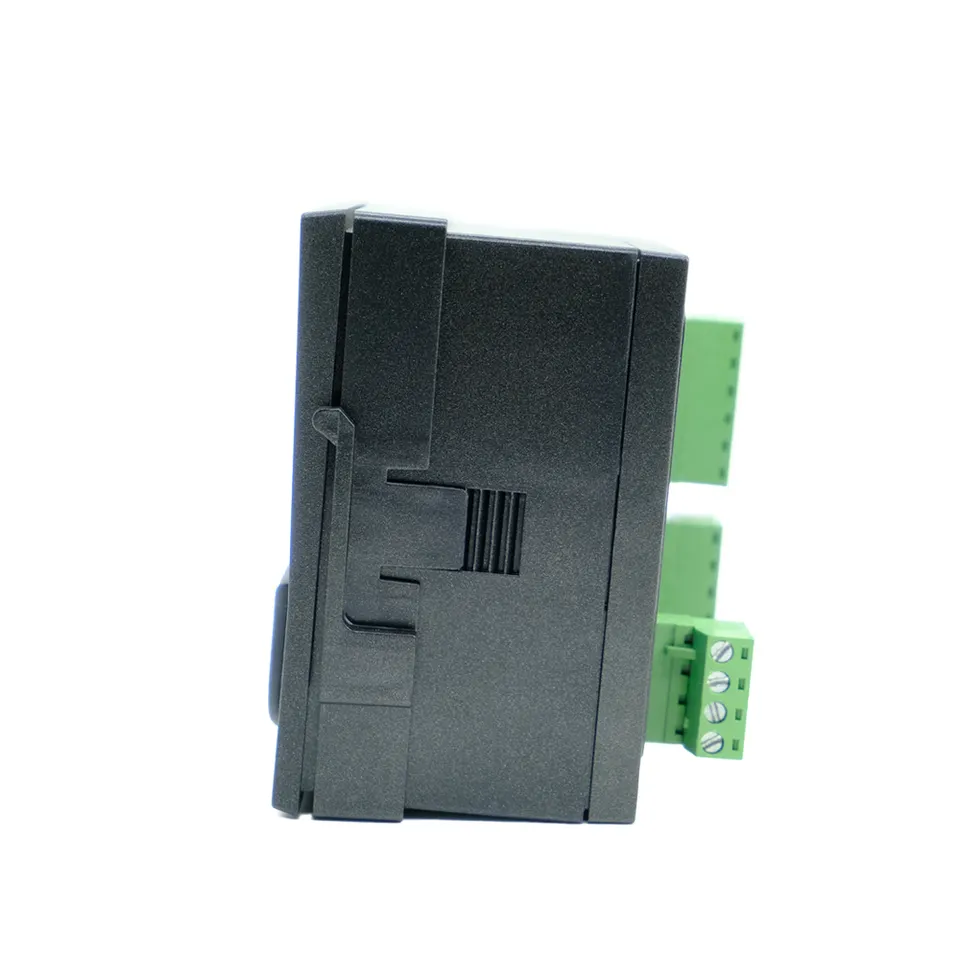
In addition to silica and alkali metal oxides, the glass electrode may also contain other additives, such as boron oxide (B2O3) or aluminum oxide (Al2O3). These additives help to improve the mechanical strength and stability of the glass membrane, making it more durable and long-lasting.
The glass electrode is connected to a reference electrode, typically made of silver chloride, through a thin glass tube filled with a potassium chloride (KCl) solution. This reference electrode provides a stable reference potential against which the pH of the solution being tested can be measured.
When the glass electrode is immersed in a solution, it generates a potential difference between the glass membrane and the reference electrode. This potential difference is proportional to the pH of the solution and is measured by the ph meter. The ph meter then converts this potential difference into a pH value, which is displayed on the meter’s screen.
It is important to note that the glass electrode must be properly calibrated and maintained to ensure accurate pH measurements. Calibration involves immersing the electrode in standard buffer solutions with known pH values and adjusting the meter accordingly. Regular maintenance, such as cleaning and storing the electrode properly, is also essential to ensure its longevity and accuracy.
| model | pH/ORP-5500 series pH/ORP online transmitting controller | |
| Measurement range | pH | 0.00~14.00 |
| ORP | -2000mV~2000mV | |
| Temp. | ( 0.0~50.0)\u2103\u00a0 (temperature compensation component:NTC10K) | |
| Resolution | pH | 0.01 |
| ORP | 1mV | |
| Temp. | 0.1\u2103 | |
| accuracy | pH | 0.1 |
| ORP | \u00b15mV\uff08electronic unit\uff09 | |
| Temp. | \u00b10.5\u2103 | |
| Approximate input impedance | 3\u00d71011\u03a9 | |
| Buffer solution | pH value: 10.00\uff1b9.18\uff1b7.00\uff1b6.86\uff1b4.01\uff1b4.00 | |
| Temp. compensation range | (0~50)\u2103\uff08with 25\u2103 as standard\uff09Manual and automatic temperature compensation | |
| (4~20)mA | characteristics | Isolated,fully adjustable,reverible,instrument/transmitter for selection |
| Loop resistance | 500\u03a9\uff08Max\uff09\uff0cDC 24V | |
| accuracy | \u00b10.1mA | |
| Control contact | Electrical contacts | Double relay SPST-NO,return model |
| Loop capacity | AC 220V/AC 110V 2A(Max)\uff1bDC 24V 2A(Max) | |
| Power consumption | \uff1c3W | |
| Working\u00a0environment | temperature | (0~50)\u2103 |
| humidity | \u226485\uff05RH(none condensation) | |
| Storage environment | Temp.(-20-60) \u2103;relative humidity:\u226485%RH(none condensation | |
| Outline dimension | 96mm\u00d796mm\u00d7105mm\uff08H\u00d7W\u00d7D\uff09 | |
| Hole dimension | 91mm\u00d791mm(H\u00d7W) | |
| installation | Panel mounted,fast installation | |
In conclusion, the composition of a ph meter glass electrode is carefully designed to ensure accurate and reliable pH measurements. By understanding the components of the glass electrode and how they work together, users can make the most of their ph meter and obtain precise pH readings for their applications. Proper calibration and maintenance are key to ensuring the accuracy and longevity of the glass electrode, ultimately leading to successful pH measurements.

